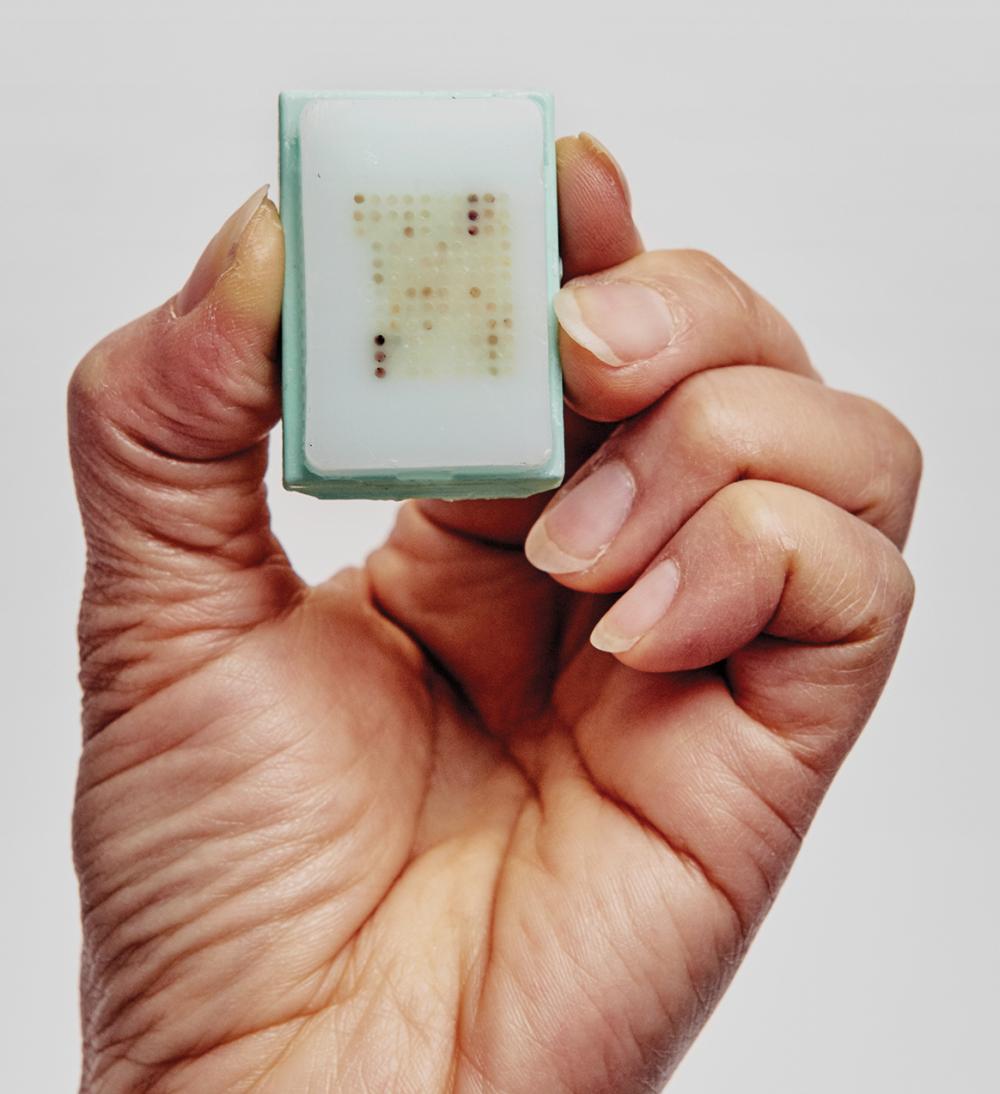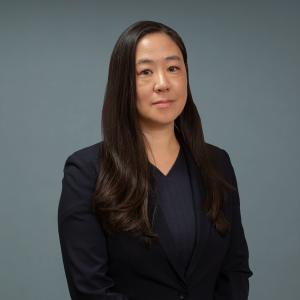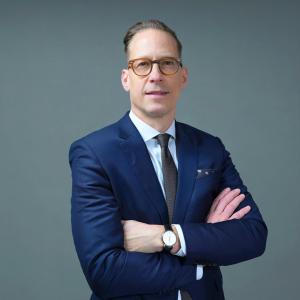This Biobank Is a Capital Investment in Research & Personalized Medicine

Dr. Iman Osman at the Center for Biospecimen Research and Development that houses a growing collection of patient samples donated for research.
Photo: Tony Luong
Her parents were both investment bankers, so perhaps it was inevitable that Iman Osman, MD, would follow in their footsteps. But Dr. Osman, a medical oncologist, deals in a kind of currency different from that of her mom and dad. As founder of the Center for Biospecimen Research and Development (CBRD), which launched in 2015, she oversees NYU Langone’s burgeoning repository of donated patient samples—a collection that includes everything from cancerous tissue and blood to stool and fat cells.
Together, these samples are helping investigators across the institution to spark medical discoveries, support clinical trials, and help doctors develop diagnostics, therapies, and preventive treatments based on an individual’s genetic makeup.
Personalized medicine has become a priority for top medical institutions nationwide following breakthroughs in genome sequencing, which can reveal DNA mutations that influence the treatment of a variety of diseases. Biobanks like CBRD are an essential resource for providing patients’ samples and clinical information to support scientific studies and potential breakthroughs in care.
It’s an ambitious undertaking.
During the past 18 months, Dr. Osman, professor of medicine and urology, and professor of dermatology in the Ronald O. Perelman Department of Dermatology, who previously led a melanoma-focused clinical and biobank database at NYU Langone, has spearheaded an effort to establish a universal consent form that simplifies the institution’s process of obtaining permission to collect tissue, blood, stool, and bodily fluids when a patient arrives for care. More than 11,000 patients have already signed off on donating their “leftover” samples from surgeries and other procedures, and agreed to donate extra blood as needed for follow-up research.
While the meticulously crafted 1-page release, presented as an opt-in at registration, has been a major factor in the exceptional 70 percent acceptance rate thus far, Dr. Osman also points to another component. “Patients come to NYU Langone for the best clinical care, but they also see the value of helping to advance research, knowing that NYU Langone is also a respected academic institution,” she says.
That value has appreciated considerably due to two other transformations: First, the CBRD is no longer exclusively for tumor and tissue specimens. While cancer excisions still account for roughly 90 percent of its samples (whether frozen or preserved in paraffin wax), that is evolving. Newly launched strategic initiatives enable the study of obesity, diabetes, and inflammatory bowel disease, among others. The goal is to discover biomarkers pointing to genetic and other susceptibilities for these conditions and, ultimately, to develop more effective, targeted treatments.
“NYU Langone does more than 1,000 bariatric surgeries a year,” says Dr. Osman, associate dean for translational research support. “The CBRD is supporting research on donated fat cells, as well as blood and stool samples, to investigate how genetic and microbial factors might impact a patient’s ability to keep the weight off.”
The other unique aspect of NYU Langone’s biorepository is that samples and clinical records, with a patient’s personal information protected, can be accessed together electronically, creating a sort of one-stop shopping for investigators, says Andre L. Moreira, MD, PhD, a professor of pathology and director of the CBRD. He points to a recent lung cancer study published in Nature Medicine, in which a team of investigators led by NYU Langone researcher Thales Papagiannakopoulos, PhD, of Perlmutter Cancer Center, obtained frozen and paraffin-embedded tissue samples along with clinical annotations.
This enabled the scientists to identify a potential new approach to treating patients whose tumors feature specific genetic mutations. “The CBRD’s banking system is very dynamic” in that it provides a centralized place for accessing tissue and information, says Dr. Moreira. No longer do investigators need to approach surgeons directly to see if they’re willing to collaborate.
The CBRD utilizes cutting-edge technology to assure that samples retain their optimal composition. One recent piece of equipment added last year, called the PrestoCHILL, flash-freezes tissue without compressing or distorting the delicate cells inside.
“It’s pretty cool. You put the sample in the tube, cover it, and in 60 seconds, it’s frozen,” says Sandra Mendoza, assistant director of the CBRD. Next, samples are categorized by disease type and stored in liquid nitrogen—or, for fluids, in large freezers at –80° C—preserving their integrity for many years. Aside from lots of cold storage, the biobank, housed in NYU Langone’s Science Building, has centrifuges for separating blood components, and specialized workstations that prevent contamination.
While Dr. Osman aims to grow the CBRD’s collection of patient samples to more than 10,000 within 5 years, she believes donors may benefit much sooner than that in terms of their own care. “We are talking about the near future,” she says. So if a patient has cancer surgery, donates tissue from the excised tumor, and then has a recurrence in a couple of years, “the research that will be done with their specimen can potentially help us offer a better treatment.”


